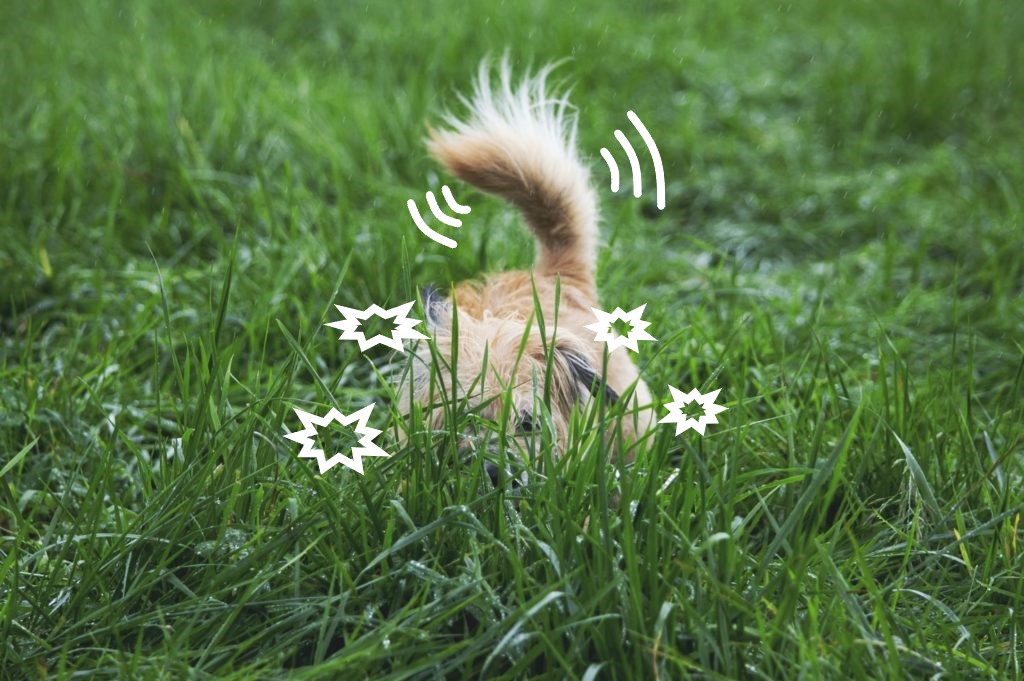Dogs are known for being man’s best friend, but have you ever struggled to understand what your furry companion is trying to tell you? By learning to interpret your dog’s body language, you can better understand their needs and emotions, and build a stronger bond with them. In this article, we’ll explore some tips for mastering dog body language, and understanding your dog like a professional.
- Watch their posture
Your dog’s body posture can provide a wealth of information about their mood and intentions. A relaxed and open posture typically indicates a content and confident dog, while a hunched or tense posture can suggest fear, aggression, or discomfort. Pay attention to your dog’s body position and movement, and look for signs of stiffness, tension, or looseness in their muscles.
- Observe their tail
Your dog’s tail can also be a valuable indicator of their mood and intentions. A wagging tail can signify happiness, excitement, or curiosity, while a tucked tail can indicate fear or anxiety. The position of the tail can also be telling. A tail held high can suggest confidence and dominance, while a tail held low or between the legs can indicate fear or submission.
- Look at their eyes and ears
Your dog’s eyes and ears can also provide clues to their emotional state. A relaxed gaze and soft, forward-facing ears suggest a content and relaxed dog, while dilated pupils, a fixed gaze, or backward-facing ears can signal fear or aggression.
- Listen to their vocalizations
Dogs use a variety of vocalizations, such as barks, whines, and growls, to communicate their mood and intentions. A high-pitched bark or whine can indicate excitement or happiness, while a low growl can signify aggression or discomfort. Pay attention to the pitch, duration, and intensity of your dog’s vocalizations to better understand their needs and emotions.
- Consider the context
When interpreting your dog’s body language, it’s important to consider the context of their behavior. For example, a wagging tail in the presence of a familiar person or dog may indicate happiness and excitement, while a wagging tail in the presence of an unfamiliar or threatening animal may suggest fear or aggression. Similarly, a relaxed posture in a calm environment may indicate contentment, while the same posture in a stressful or unfamiliar situation may signal discomfort or anxiety.
By mastering dog body language, you can develop a deeper understanding of your furry friend, and build a stronger and more rewarding relationship with them. Pay attention to their posture, tail, eyes, ears, and vocalizations, and consider the context of their behavior to better interpret their needs and emotions. With a little practice and patience, you can learn to understand your dog like a professional, and enjoy a closer and more fulfilling bond with your beloved pet.







